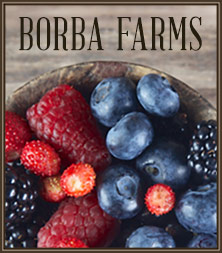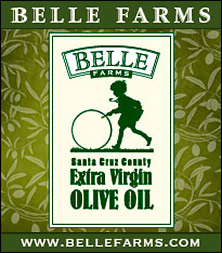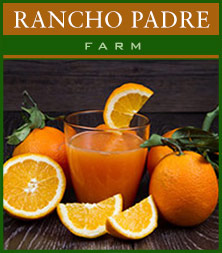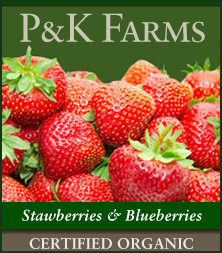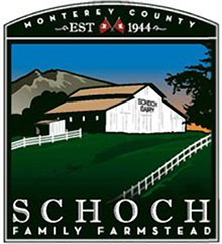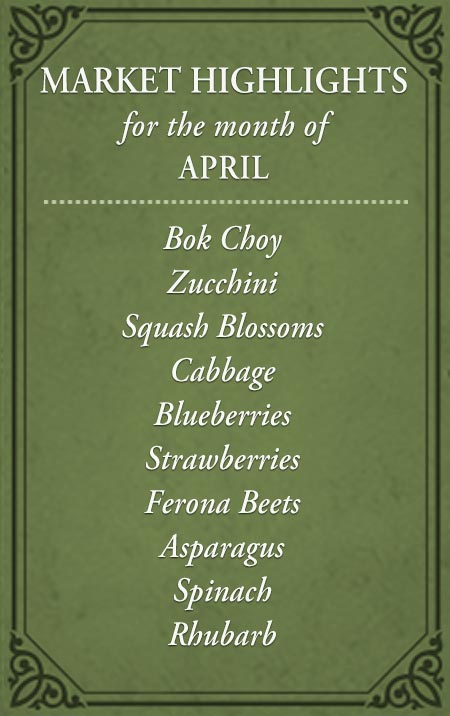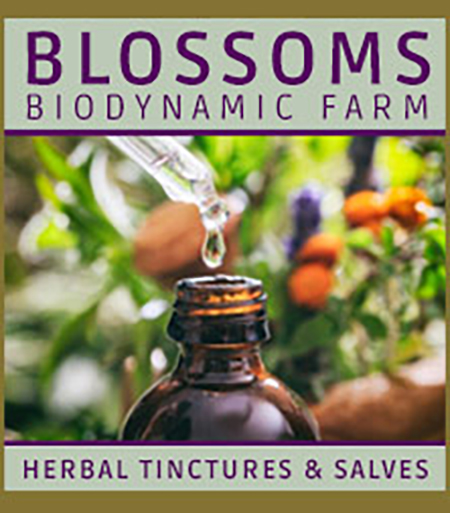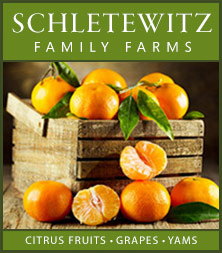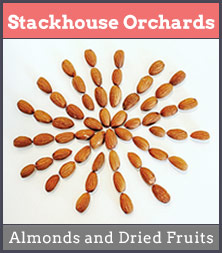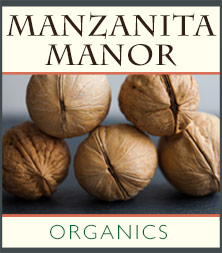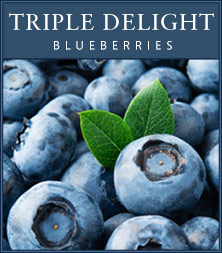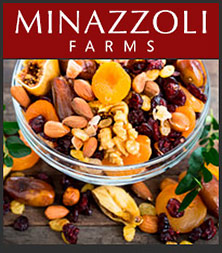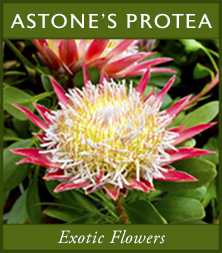Elegant and earthy, this Pan-Seared Sturgeon with Silky Carrot Sauce celebrates local, sustainably farmed sturgeon from the Sacramento River. The meaty, buttery texture of the fish pairs beautifully with a fragrant carrot sauce infused with warm spices or fresh thyme. The sauce’s natural sweetness and vivid color elevate the dish into something both simple and sophisticated—perfect for a dinner that feels restaurant-worthy yet grounded in local ingredients.
INGREDIENTS:
Fish
1 lb. sturgeon
Salt and fresh ground black pepper
Olive or grape seed oil
Pinch of cinnamon and curry powder OR 1 teaspoon fresh thyme leaves, stemmed and chopped
1 recipe of Carrot Sauce
Carrot Sauce
1 pint carrot juice (fresh or from a juice bar)
1/2 tablespoon neutral oil or butter
1 medium shallot, minced
1/2 teaspoon garam masala
1/2 teaspoon Mexican cinnamon
Salt and pepper, to taste
Variation: Substitute garam masala and cinnamon with 1 teaspoon fresh thyme leaves and 1 tablespoon white wine (optional)
METHOD:
For the Fish:
Cut sturgeon into even pieces—either 4 slices about 1 1/4 inches thick or 3-inch square “pavés” of the same thickness. Even sizing ensures even cooking.
Lightly coat each piece with oil, then dust with the curry-cinnamon blend or sprinkle with thyme. Season generously with salt and pepper.
Heat a large sauté pan (10–12 inches) over medium-high heat. When hot, add just enough oil to coat the bottom. Add fish and sear until a light crust forms. When the pieces move freely, turn them carefully using a thin spatula or tongs.
Continue cooking until the fish feels firm to the touch—about 8 minutes per inch of thickness (roughly 10 minutes for 1 1/4-inch pieces). Avoid overcooking, as sturgeon can become firm at high heat.
Transfer the fish to warmed plates and spoon the carrot sauce generously over each portion. Serve immediately.
For the Carrot Sauce:
Heat the juice in a tall saucepan over medium-high heat until it begins to cloud and form foam. Shift the pan slightly off-center so the scum collects on one side. Skim it off with a fine mesh strainer, then strain the juice again through a damp cloth or fine sieve into a clean bowl.
Wipe out the pan or use a smaller one. Warm oil or butter over medium heat, then add shallots. Sauté until translucent and fragrant.
For the spiced version, stir in garam masala and cinnamon; cook briefly until aromatic.
Variation: If using thyme, add leaves and cook until fragrant, then deglaze with white wine and reduce by 90%.
Pour in the clarified carrot juice. Bring to a gentle boil, then immediately reduce to a low simmer. Continue reducing until the sauce reaches a light syrupy consistency, stirring occasionally to prevent scorching.
Taste and adjust with salt and freshly ground pepper. The sauce should be bright, smooth, and lightly sweet.
CHEF NOTES:
Sturgeon’s high natural oil content makes it ideal for searing—it resists sticking and stays moist. This versatile carrot sauce technique also works beautifully with other vegetable or fruit juices (try beet-orange or apple-fennel). Watch carefully while reducing—its natural sugars caramelize quickly.
INTERESTING FACTS:
Sturgeon is a sustainably farmed fish raised along the Sacramento River. Modern sturgeon farming began when caviar prices soared following the U.S. embargo on Iraqi imports, sparking efforts both to meet demand and to restore this native species to local waters. Once so abundant in America that caviar was served as a casual bar snack—set out in bowls alongside bread—sturgeon has a rich culinary and cultural history now being thoughtfully revived.
SOURCE: Chef Andrew Cohen, Chef in Residence, Monterey Bay Certified Farmers Markets







